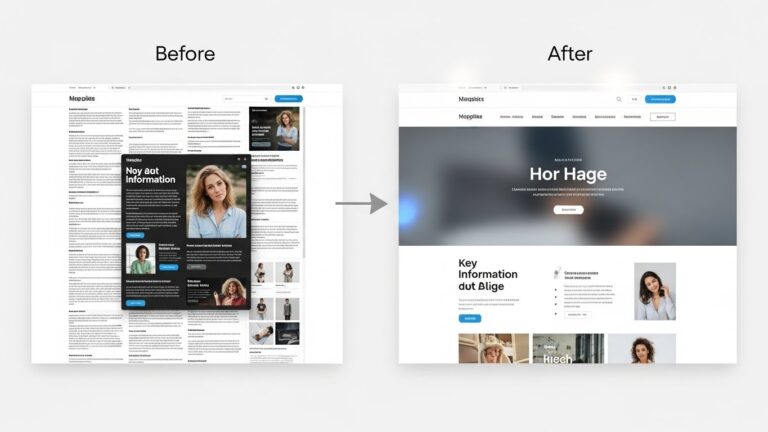For many people, the idea of actually sitting down and writing an article stops them cold. You may wonder if you have anything worth saying, or if your writing is “good” enough for publication. If it makes you feel any better, virtually every writer – even the professionals – start out with the same fears. Really, the only way out is through. But once you have one article under your belt, the next ones become much easier. Here’s a five-step plan to have you on your way to your first article:
1. Brainstorm topics.
What questions do you get about your topic area? What are the sticking points for newbies to your field? What equipment or specialized knowledge do people need to get started? Make a list of the most common questions you are asked about your business.
For instance, if your niche is freezer cooking, people might want to know:
*How will freezer cooking benefit me?
*What equipment will I need?
*What are the problems I might encounter?
*How much money will it cost to get started?
*What are some basic recipes?
In five minutes, you can have topics for your first dozen articles.
2. Choose one to begin with.
Pick one of your topics to start with. Forget about choosing the “perfect” topic – there is no such thing. With a pen and a piece of paper (or a computer, if that is more comfortable), set the timer for 10 minutes and jot down everything you can think of related to that topic. Don't worry about complete sentences, formatting, or spelling, just get the ideas down.
For instance, if my topic is “How freezer cooking can benefit you,” I might write,
*Save money
*Healthier diet
*Lose weight
*Fun
*Social – can do with friends
*Helps you be prepared and organized
*Less stress
Some people like to use mind maps to create these lists. If you'd like more information on that process, I suggest googling “mindmap software.” I've also run across a free software from Ask Bob the Teacher that you might want to research.
3. Organize it and flesh it out.
The next step is to take the outline you created in Step 2 and organize it into common themes. You're aiming for an article about 400-700 words, so three to five main points is ideal. If you have more than that, never fear! You can turn that information into another article.
Then take your outline and build on it. If this is where you start feeling butterflies in your stomach, relax. Imagine you're writing an email to a friend to explain to him or her the topic of your article. Again, don't get stuck on grammar, spelling, etc. Just get the info on the page – you can always go back and edit it (professional writers often create several drafts of their work. Very few people get it right the first time!).
4. Proofread.
Now's the time when you can go back through the article and edit and polish, making each sentence say what you want it to. Be sure it’s cohesive, that the statements flow together, and that it makes sense. Also be on the lookout for places where you can tighten your writing – where you use three words when just one will do, or where there are redundancies. Let each word, each sentence, each paragraph have purpose.
When you think your article is finished, walk away from it for an hour or even a day. Then go back and read through again. By giving yourself some time away from your article, you will pick up previously missed errors or ones that spell check didn’t catch.
5. Submit!
After you’ve written your article and polished it until it shines, it’s time to submit it. Most article marketers submit to online directories – clearinghouses where experts post articles and editors find content to publish. While there are hundreds of online article directories, there’s no need to submit to more than a few. Each has its own pluses and minuses, so take some time to pick the best for your niche. A quick search on Google for “article directory” will bring up dozens of options. If you know of large circulation newsletters or ezines in your niche, submit directly to those publishers as well.
Make sure you follow their guidelines exactly, as some have minimum and maximum word lengths, as well as other requirements.
Article marketing is a valuable free marketing strategy, but it must be used consistently– and often – for the best results. So once you've finished one article, go back to the beginning and start writing your next. Keep the content flowing, and soon you'll see the results of your hard work. You can’t buy better promotion than that!




